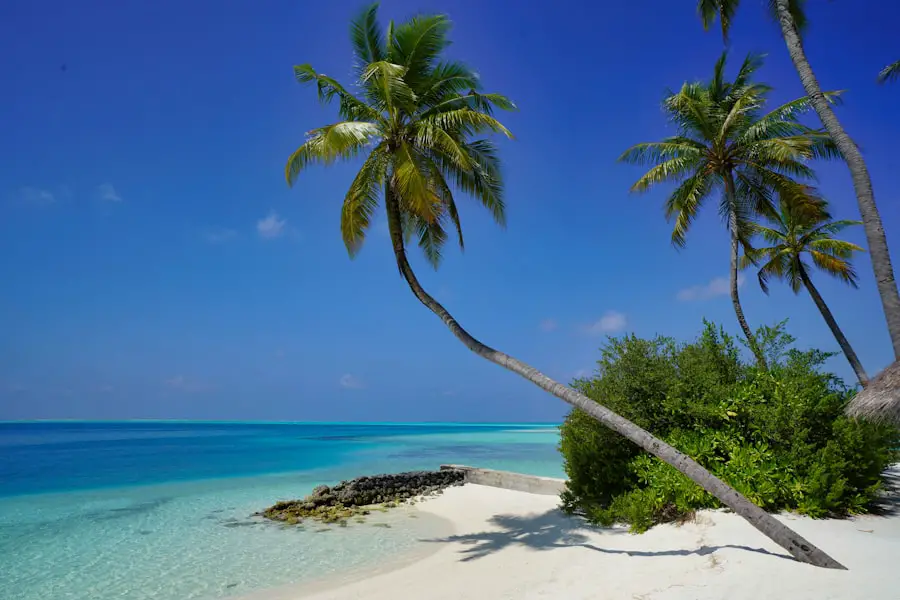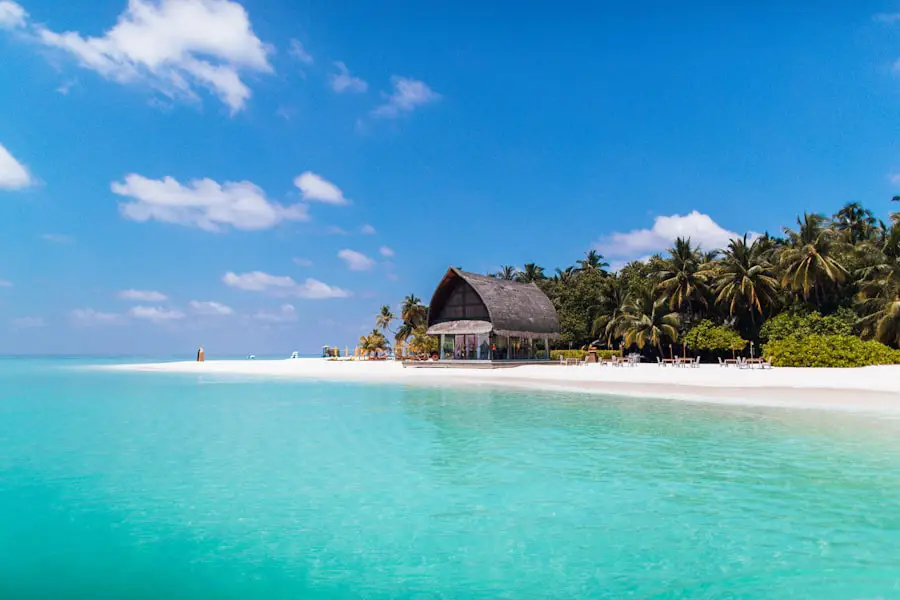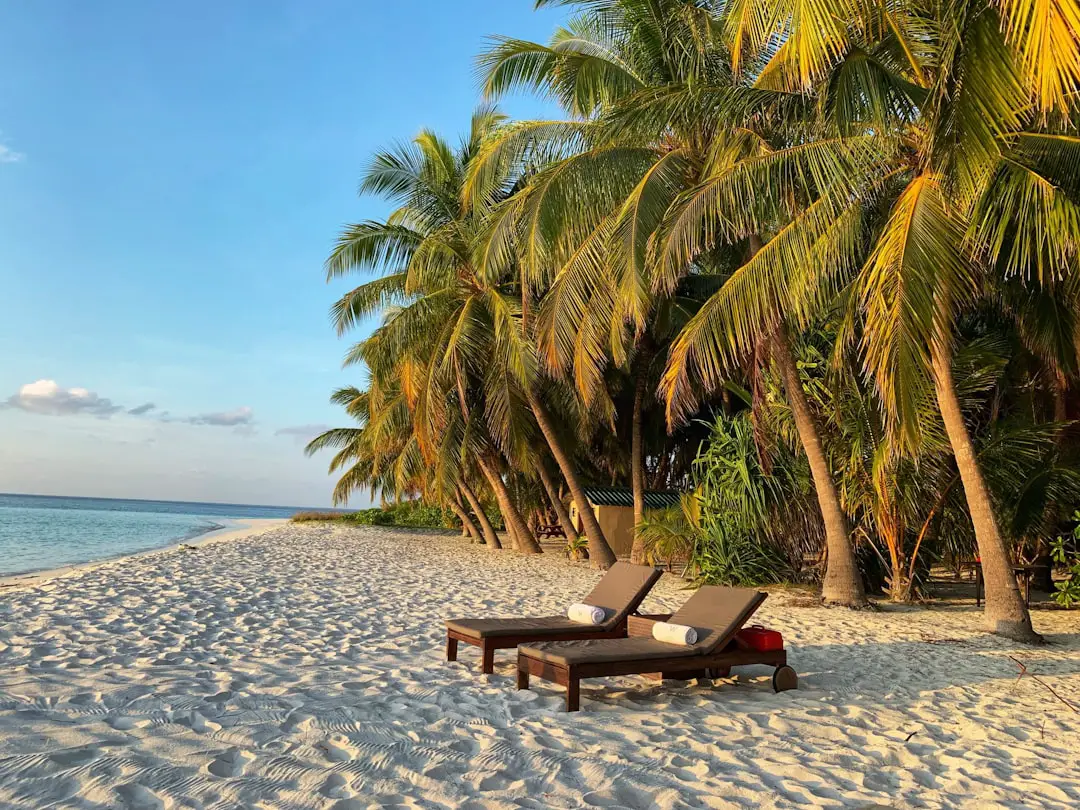El Salvador, a small yet vibrant country in Central America, boasts a diverse climate that varies significantly across its regions. The country experiences a tropical climate characterized by two primary seasons: the dry season and the rainy season. The dry season typically spans from November to April, while the rainy season lasts from May to October.
This climatic dichotomy is influenced by the country’s geographical features, including its mountainous terrain and proximity to the Pacific Ocean. The coastal areas tend to be warmer and more humid, while the highland regions enjoy a cooler and more temperate climate. The average temperature in El Salvador ranges from 20°C (68°F) to 30°C (86°F), depending on the altitude.
Coastal regions like La Libertad can experience higher temperatures, often exceeding 30°C (86°F) during the day, while the highlands, such as those around Santa Ana, can drop to around 15°C (59°F) at night. Rainfall is concentrated during the wet season, with the heaviest precipitation typically occurring in September and October. Understanding these climatic nuances is essential for travelers seeking to make the most of their visit, as they can significantly impact outdoor activities and cultural experiences.
Key Takeaways
- El Salvador has a tropical climate with distinct wet and dry seasons, making it a year-round destination for travelers.
- The best time to visit for outdoor activities is during the dry season from November to April, when the weather is sunny and ideal for hiking, surfing, and exploring the beaches.
- The ideal time for cultural festivals and events is during the dry season, particularly in November when the country celebrates its independence with colorful parades and traditional dances.
- The peak tourist season in El Salvador is during the dry season from November to April, when the weather is most favorable for outdoor activities and sightseeing.
- The off-peak season for budget travelers is during the rainy season from May to October, when accommodation and tour prices are lower, making it an ideal time to visit for those on a budget.
The Best Time to Visit for Outdoor Activities
For those eager to explore El Salvador’s stunning natural landscapes and engage in outdoor activities, the dry season is undoubtedly the best time to visit. From November to April, the weather is generally sunny and dry, providing ideal conditions for hiking, surfing, and exploring national parks. The absence of rain during this period allows for uninterrupted adventures, whether one is trekking through the lush trails of Cerro Verde National Park or lounging on the pristine beaches of El Tunco.
Hiking enthusiasts will find that the dry season offers clear skies and pleasant temperatures, making it easier to tackle some of El Salvador’s most famous peaks, such as Izalco and San Miguel. The trails are less muddy and more accessible, allowing for a safer and more enjoyable experience. Additionally, this period coincides with the migration of various bird species, making it an excellent time for birdwatching in places like Los Volcanes National Park.
For surfers, the dry season also brings consistent swells along the Pacific coast, particularly at renowned surf spots like Punta Roca and La Libertad.
The Ideal Time for Cultural Festivals and Events

El Salvador is rich in cultural heritage, and its calendar is filled with vibrant festivals that showcase its traditions and customs. The best time to experience these cultural events is during the dry season, particularly from late November through early April. One of the most significant celebrations is the Festival of San Salvador, held in early August, which features parades, music, and traditional dances.
However, other festivals throughout the dry season also offer unique insights into Salvadoran culture. In December, the Festival of Lights takes place in various towns across the country, illuminating streets with colorful decorations and fireworks. This festival marks the beginning of the Christmas season and is celebrated with processions and community gatherings.
Another notable event is the Holy Week (Semana Santa) in March or April, which draws both locals and tourists alike. The streets come alive with elaborate processions, religious ceremonies, and traditional foods that reflect the country’s deep-rooted Catholic traditions. Attending these festivals not only provides a glimpse into El Salvador’s cultural fabric but also allows travelers to engage with locals in a meaningful way.
The Peak Tourist Season in El Salvador
| Month | Number of Tourists | Popular Activities |
|---|---|---|
| December | 50,000 | Beach activities, surfing |
| January | 55,000 | Hiking, volcano tours |
| February | 60,000 | Exploring Mayan ruins, cultural festivals |
The peak tourist season in El Salvador aligns closely with the dry season, particularly from December to February. During these months, travelers flock to the country to escape colder climates and enjoy its warm weather and beautiful landscapes. This influx of visitors can lead to crowded attractions and higher prices for accommodations and activities.
Popular destinations such as San Salvador, La Libertad, and Suchitoto see a significant rise in tourism during this period. Accommodations may book up quickly during peak season, especially around major holidays like Christmas and New Year’s. Travelers planning to visit during this time should consider making reservations well in advance to secure their preferred lodging options.
Additionally, popular tours and activities may also fill up quickly, necessitating early bookings to ensure participation. Despite these challenges, visiting during peak season offers a lively atmosphere filled with events and opportunities to connect with fellow travelers.
The Off-Peak Season for Budget Travelers
For budget-conscious travelers seeking to explore El Salvador without breaking the bank, the off-peak season presents an excellent opportunity. This period typically spans from May to October when fewer tourists visit due to the rainy season. While rain may deter some visitors, it can also lead to lower prices for accommodations and activities.
Many hotels and tour operators offer discounts during this time to attract travelers looking for deals. Traveling during the off-peak season allows for a more intimate experience with El Salvador’s natural beauty and cultural offerings. With fewer crowds at popular sites like Joya de Cerén or Lake Coatepeque, visitors can enjoy a more relaxed atmosphere while exploring these UNESCO World Heritage sites.
Additionally, local markets are less congested, providing an authentic shopping experience where travelers can interact with vendors without feeling rushed. For those willing to embrace occasional rain showers, this season can reveal a different side of El Salvador’s charm.
Weather Considerations for Traveling to El Salvador

When planning a trip to El Salvador, understanding weather patterns is crucial for ensuring a comfortable experience. The rainy season can bring heavy downpours, particularly in September and October when storms are most frequent. Travelers should be prepared for sudden weather changes by packing appropriate clothing such as lightweight rain jackets and waterproof footwear.
While rain may be prevalent during this time, it often occurs in short bursts followed by sunshine, allowing for outdoor activities if planned accordingly. Humidity levels can also be high during the rainy season, especially in coastal areas where temperatures can feel warmer than they are. Travelers should stay hydrated and take breaks in shaded areas when exploring outdoor attractions.
Conversely, during the dry season, sunscreen becomes essential due to increased sun exposure. Regardless of when one visits, being aware of local weather forecasts can help travelers make informed decisions about their daily activities.
Tips for Traveling During the Rainy Season
Traveling during El Salvador’s rainy season requires some strategic planning to maximize enjoyment while minimizing disruptions caused by weather conditions. One effective tip is to schedule outdoor activities for early mornings when rain is less likely to occur. Many travelers find that mornings often start off clear before clouds build up later in the day.
This timing allows for hiking or visiting beaches before potential afternoon showers. Additionally, it’s wise to have flexible itineraries that accommodate changes due to weather conditions. If rain is forecasted for a particular day, consider shifting plans indoors or exploring cultural sites such as museums or art galleries that provide shelter while still offering enriching experiences.
Embracing local cuisine at restaurants or cafes can also be a delightful way to spend rainy afternoons while enjoying traditional dishes like pupusas or yuca frita.
Special Considerations for Surfing and Beach Activities
El Salvador is renowned for its world-class surfing conditions along its Pacific coastline, attracting surfers from around the globe. The best time for surfing generally coincides with the dry season when consistent swells create ideal waves at popular surf spots like Punta Roca and El Zonte. However, even during the rainy season, certain beaches can still offer good surfing conditions depending on local weather patterns.
For those interested in beach activities beyond surfing, it’s essential to consider safety precautions during both seasons. During the rainy season, some beaches may experience stronger currents or debris washed ashore due to heavy rains upstream. It’s advisable to check local surf reports or consult with experienced surfers before heading out into the water.
Additionally, beachgoers should be mindful of sun exposure during dry months by applying sunscreen regularly and seeking shade during peak hours. In summary, understanding El Salvador’s climate and seasonal variations is vital for travelers looking to make the most of their visit. Whether seeking outdoor adventures or cultural experiences, each season offers unique opportunities that cater to different interests and preferences.
By planning accordingly and embracing local customs and traditions, visitors can create unforgettable memories in this beautiful Central American gem.
If you are planning a trip to El Salvador, it is important to consider the best time to visit in order to make the most of your experience. According to a recent article on TakeTravelInfo, the best time to travel to El Salvador is during the dry season, which typically runs from November to April. During this time, you can enjoy sunny weather and explore the beautiful beaches and landscapes that the country has to offer. Be sure to pack a pair of waterproof sneakers for your adventures to ensure you are prepared for any outdoor activities.
FAQs
What is the best time to travel to El Salvador?
The best time to travel to El Salvador is during the dry season, which runs from November to April. This is when the weather is most pleasant and there is minimal rainfall.
What is the weather like in El Salvador during the best time to travel?
During the dry season, the weather in El Salvador is warm and sunny, with temperatures ranging from 75°F to 85°F. There is little to no rainfall during this time, making it ideal for outdoor activities and sightseeing.
Are there any specific events or festivals to consider when planning a trip to El Salvador?
Yes, there are several events and festivals that take place in El Salvador throughout the year. Some popular ones include the August Festival in San Salvador, the Day of the Dead celebrations in November, and the El Salvador Independence Day in September.
What are some popular tourist attractions to visit in El Salvador during the best time to travel?
Some popular tourist attractions to visit in El Salvador during the dry season include the Ruta de las Flores, El Tunco Beach, Joya de Cerén Archaeological Site, and the Santa Ana Volcano.
Are there any safety concerns to be aware of when traveling to El Salvador?
While El Salvador has made significant progress in terms of safety and security, it is still important for travelers to exercise caution and be aware of their surroundings. It is recommended to stay informed about the current situation and to avoid certain areas known for high crime rates.
